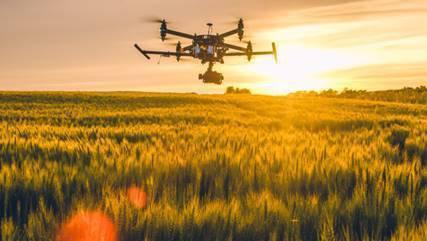A Nokia white paper identifies the need for reliable command and control (C2) links to support demand for beyond line of sight (BVLOS) drone operations. It finds that cellular networks offer a natural candidate as they already provide near-ubiquitous coverage, making them economically attractive. They also provide security and authentication mechanisms. 4G and 5G cellular networks today can already provide a high degree of reliability for the C2 link, and this can be further improved by features such as multi-cell connectivity, mobility mechanisms and beamforming.
The paper points out that such networks are not designed, however, for aerial coverage, as they are optimized for ground users; for instance, they typically use down-tilted antennas on the base stations. The paper goes on to show how existing LTE networks and future 5G networks are able to ensure reliable C2 communications to drones and play an important role in provisioning the E2E reliability for drone communications.
The paper introduces the results from measurements taken from a drone flying in an urban environment during busy hours at 40 m height while being connected to two live LTE networks. The reliability measure shown is based on the number of packets in uplink and downlink received correctly within the 50 ms delay budget at the application layer. It can be seen that the LTE networks, although not optimized for devices in the air, can deliver high reliabilities (88.5% and 98.5%). While not fulfilling the 3GPP Release 15 requirement of 99.9%, a simple enhancement can achieve this standard. By simultaneously connecting to both networks and sending the data packets over each of them, 99.99% reliability is achieved.
Download the full white paper here: https://www.bell-labs.com/institute/white-papers/controlling-drones-over-cellular-networks/
For more information visit:




